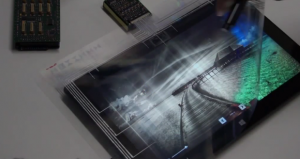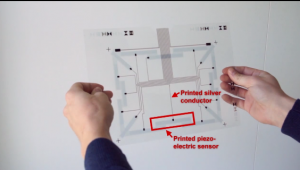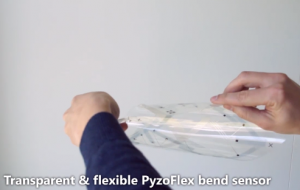





As the name ensues, FlexSense belongs to Microsoft's Research sphere, and it is unlikely we will see this in the hands of consumers any time soon. However, attempts at making interactive covers for its Surface tablets is a project the company continues to develop. Surface Blades, a concept revealed by Microsoft last year, was another cool idea where sensor-embedded covers could transform the devices keyboard area into a music pad. I think they're on to something, and I bet we will hear more of this technique in the years to come.

 Laptop & Tablet Parts
Laptop & Tablet Parts




















